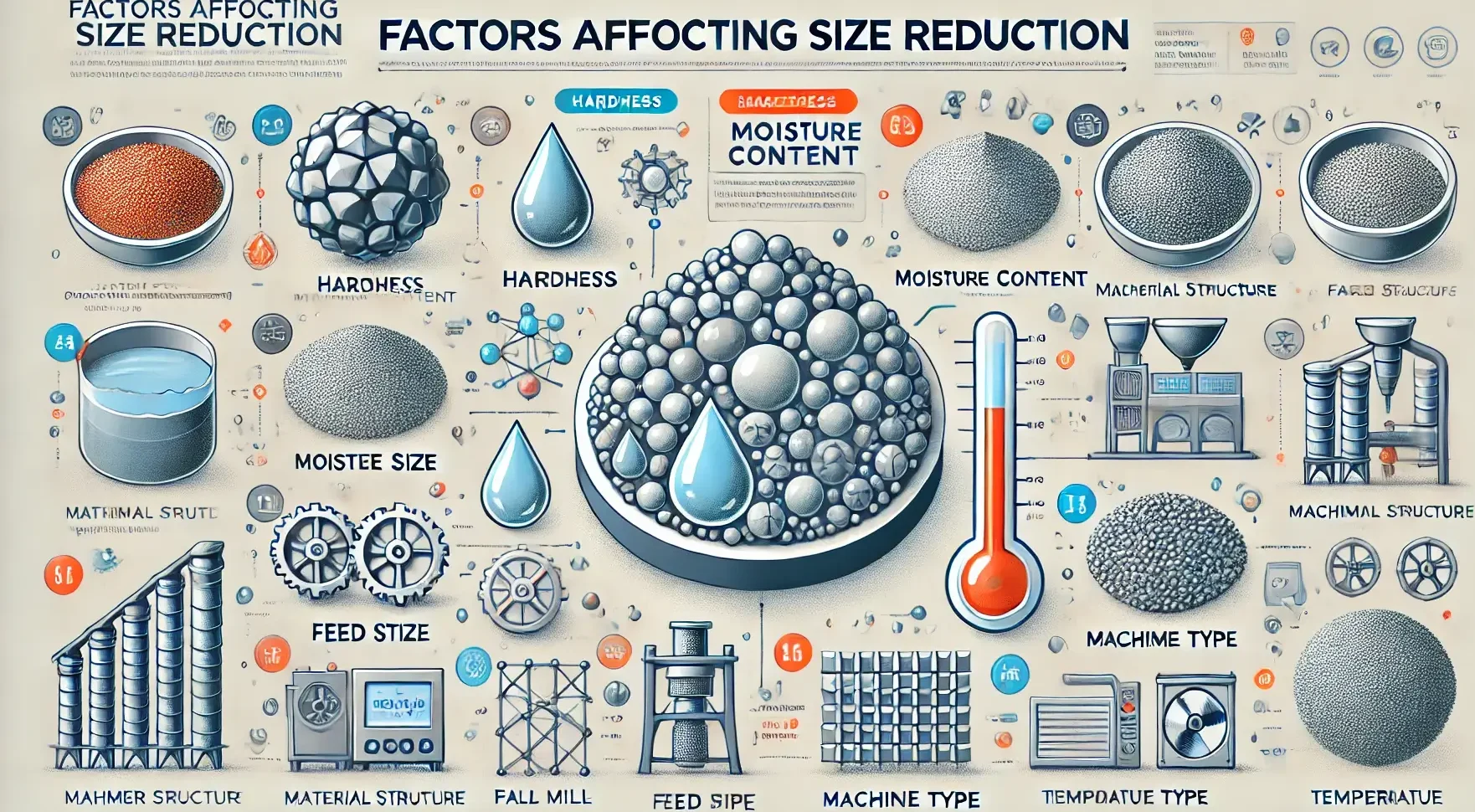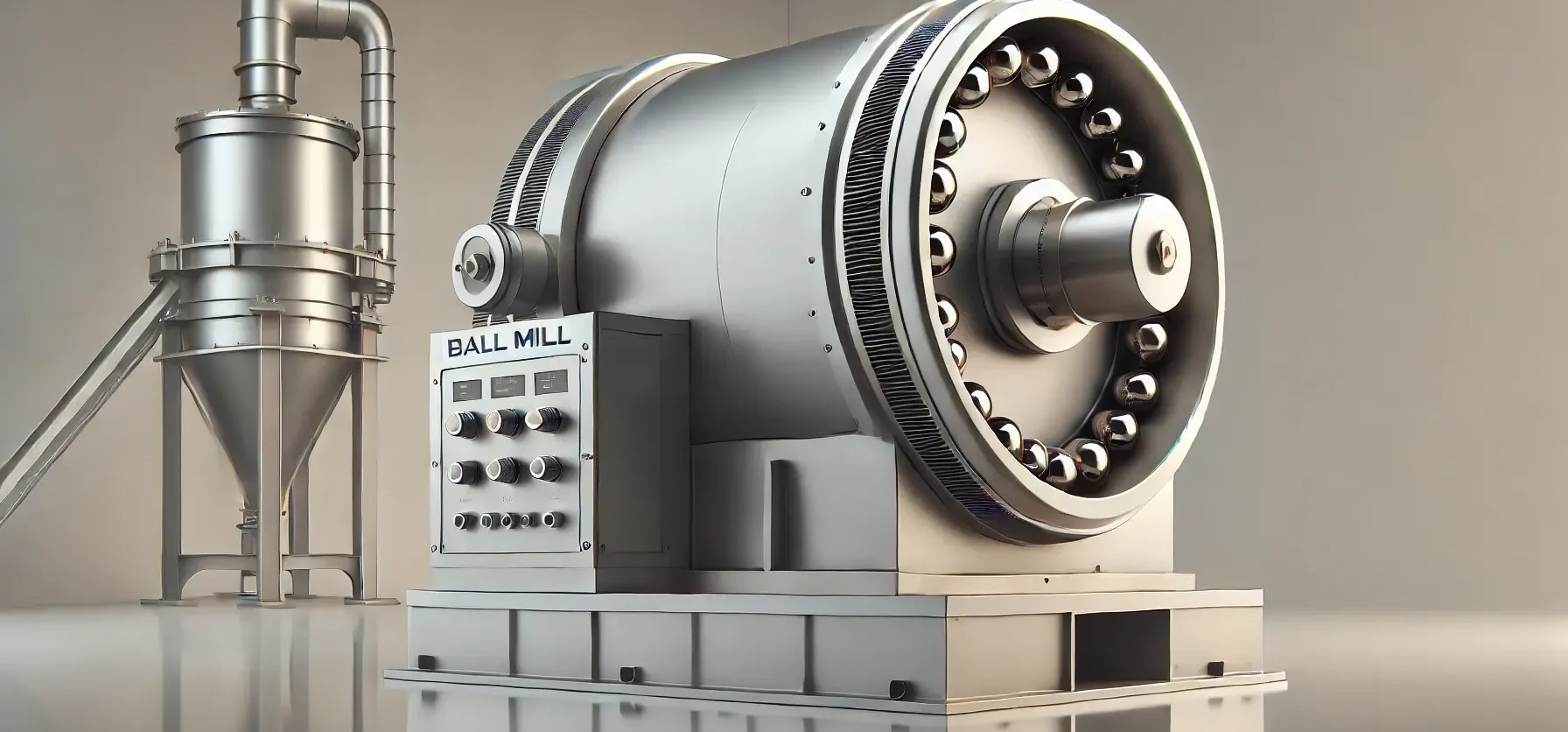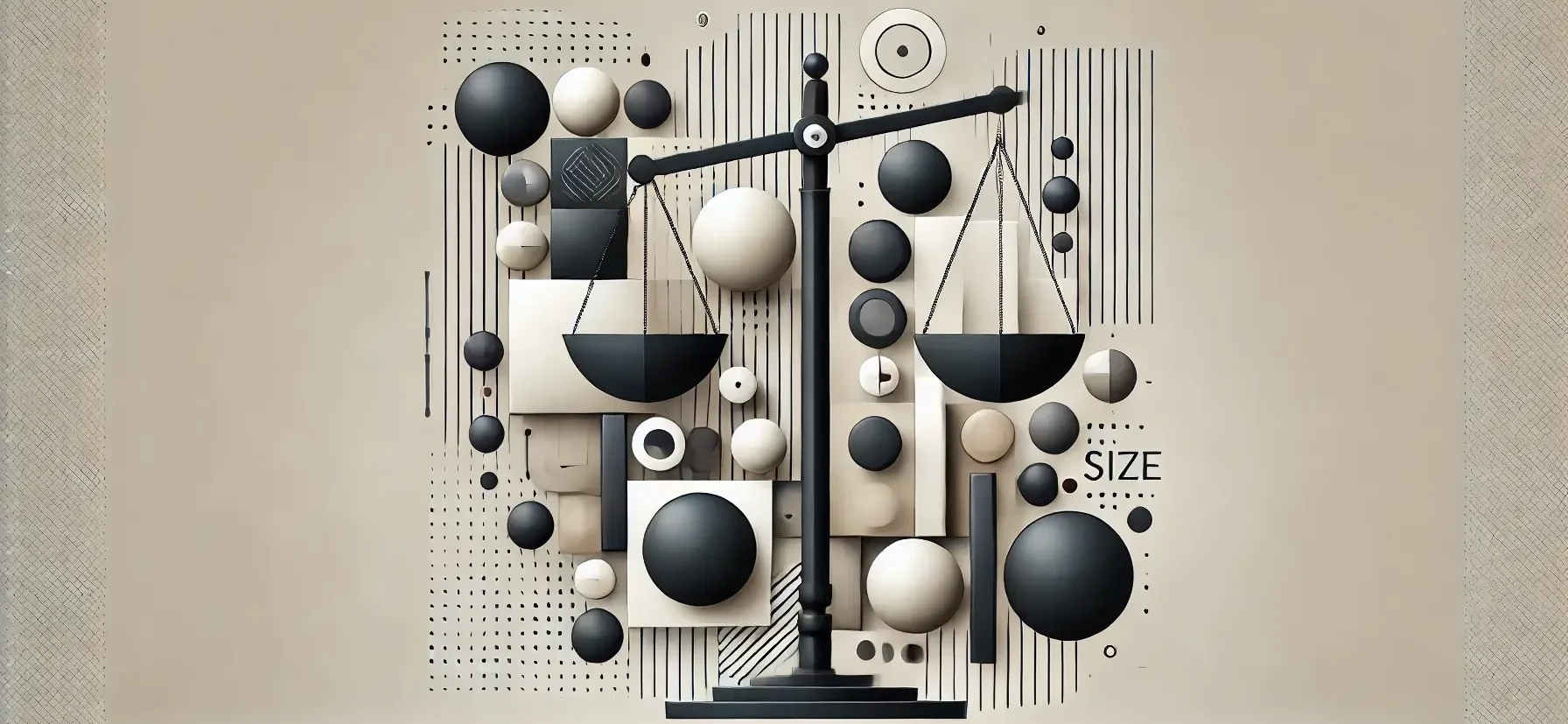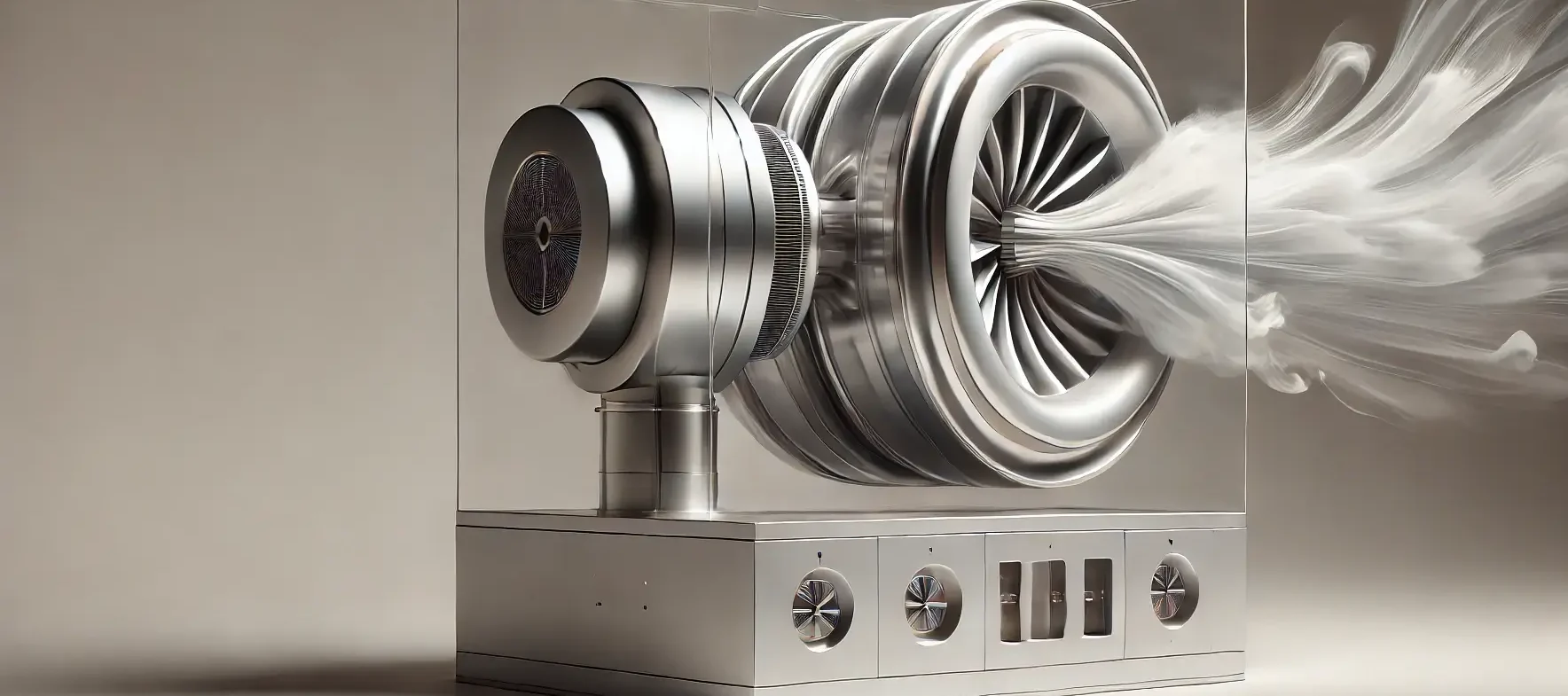Qualitative Tests for Phenol
Several qualitative tests for phenol are used to detect the presence of phenol or phenolic compounds: Ferric Chloride Test (One of the Qualitative Tests for Phenol): Phenols form colored complexes (violet, blue, green) with FeCl₃. Positive Test: Appearance of color indicates phenols. Bromine Water Test: Phenols react with bromine to form a white precipitate of … Read more








